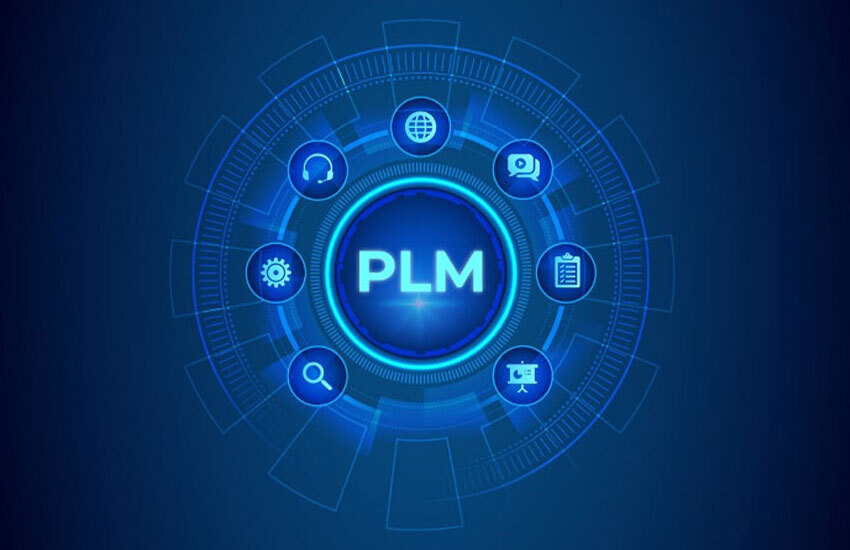
A Product Lifecycle Management (PLM) system forms the core infrastructure of product-centric organizations. It streamlines processes, fosters collaboration, and empowers informed decision-making. However, when the need arises to migrate data to a new PLM solution, it can feel daunting. Fear not! By following best practices, you can navigate this crucial process with minimal disruption and maximize the benefits of your new PLM system.
In the realm of Product Lifecycle Management (PLM), data migration stands as a critical process that can either streamline operations or introduce complexities. As businesses evolve and technologies advance, the need to migrate PLM data becomes inevitable. This blog explores the best practices in PLM data migration, emphasizing the expertise of Modelcam Technologies in delivering effective PLM solutions.
In this blog, we will delve into the key steps and considerations for a successful PLM data migration, drawing on the expertise of Modelcam Technologies. As a leading provider of PLM solutions and services, Modelcam offers a comprehensive suite of migration services, including data analysis, cleansing, and migration itself.
PLM Data Migration refers to the transfer of data from one PLM system to another or from legacy systems to modern platforms. This process is crucial for maintaining data integrity, optimizing workflows, and enhancing collaboration across teams involved in product development and management.
You will love reading our interesting blog post named, The 4 Pillars of a Successful PLM Migration to know more about what is PLM migration, its importance, and 4 pillars of a successful PLM migration.
The challenges associated with PLM data migration are multifaceted:
Data Integrity: It involves maintaining accurate and consistent data throughout the migration process.
System Compatibility: Integrating data from diverse sources and ensuring compatibility with the new PLM system.
Business Continuity: Minimizing downtime and disruptions to ongoing operations during the migration.
Security: It involves protecting sensitive information throughout the transfer process.
User Adoption: It involves supporting and training users on the new PLM system to ensure a smooth transition and acceptance.

Assessment: Conducting a thorough analysis of existing data, processes, and systems to identify migration requirements and potential challenges.
Roadmap Development: It involves crafting a detailed migration plan with clear timelines, milestones, and resource allocations.
Risk Mitigation: Anticipating risks and developing contingency plans to address unforeseen issues during migration.
Data Audit: Auditing existing data to identify inconsistencies, duplicates, and outdated information.
Standardization: Standardizing data formats and structures to ensure compatibility with the new PLM system.
Data Mapping: Mapping data from legacy systems to the target PLM system to facilitate smooth integration.
Stakeholder Engagement: Involving key stakeholders and users throughout the migration process to gather insights and address concerns.
Training and Support: Providing comprehensive training sessions and ongoing support to users to facilitate adoption of the new PLM system.
Prototype Testing: Conducting pilot migrations and testing in a controlled environment to validate migration processes and identify potential issues.
Data validation: It involves rigorously testing and verifying data integrity and accuracy after migration.
Performance Monitoring: It involves tracking system performance and gathering user feedback after migration to pinpoint areas for improvement.
Continuous Improvement: Iteratively optimizing PLM processes and workflows based on feedback and evolving business needs.
Legacy Data Management: Determine how you'll handle legacy data you don't need to actively utilize in the new PLM system. Options include archiving, securely deleting, or migrating to a separate system for historical reference.
Security & Compliance: Ensure your migration process adheres to all relevant data security and compliance regulations.
Modelcam Technologies leads in both, PLM services in India and PLM services in USA. We provide customized solutions designed to meet the varied needs of businesses worldwide. With a strong presence in India and the USA, Modelcam Technologies specializes in:
PLM Migration: Specializing in seamless transitions from legacy systems to modern PLM platforms.
PLM Consulting: Providing strategic guidance and consultation to optimize PLM processes.
PLM Implementation: Implementing customized PLM solutions aligned with specific business requirements.
Support and Maintenance: Offering ongoing support and maintenance services to ensure the long-term success of PLM implementations.
Ultimately, successful PLM data migration requires careful planning, thorough preparation, and strategic execution. By adhering to best practices and leveraging the expertise of Modelcam Technologies, businesses can navigate the complexities of PLM data migration with confidence. Whether you are considering a migration or seeking to enhance your existing PLM processes, partnering with Modelcam Technologies ensures a smooth transition and optimized performance in your product lifecycle management journey.
For more information on PLM services and solutions, visit Modelcam Technologies today.
Remember, in the dynamic landscape of product development, effective PLM data migration is not just about moving data, it's about transforming your operations for greater efficiency and innovation.
Let’s connect: www.modelcamtechnologies.com
Email: sales@modelcamtechnologies.com
Mobile no : +91 8237016167
©Copyright 2025. All rights reserved by Modelcam Technologies Private Limited PUNE.